In May 2014, the United States Supreme Court ruled the Copyright Act, 17 U.S.C. § 100 et seq., allows plaintiff to bring an action for copyright infringement 18 years after the initial act of infringement for continuing infringements. Petrella v. Metro-Goldwyn-Mayer (May 19, 2014, 2014 DJDAR 6168). The look back period is controlled by the Act statute of limitations, which is three years. The defendant does not have the equitable defense of laches, which is unreasonable and prejudicial delay of the plaintiff in bringing the action. The Petrella case involved the alleged infringing work of the movie Raging Bull, based on the life of boxing champion Jake LaMotta. The plaintiff, Paula Petrella, is the daughter of the original copyright owner, Frank Petrella, who with Jake LaMotta created the 1963 screenplay.
The Court held the Copyright Act “…allows a copyright owner to defer suit until she can estimate whether litigation is worth the candle…” Laches defense was distinguished from estoppel defense. “…when a copyright owner engages in intention – ally misleading representations concerning his abstention from suit, and the alleged infringer detrimentally relies on the copyright owner’s deception, the doctrine of estoppel may bar the copyright owner’s claims completely, eliminating all potential remedies…”
In January 2012, graphic artist Shepard Fairey settled a suit with the Associated Press over the “Hope” poster from President Barack Obama’s 2008 campaign. AP asserted ownership to the photograph which AP claimed the poster was based on. The United States Supreme Court has settled the issue that photographs are original works and protected under the copyright law. Burrow-Giles Lithographic v. Sarony, 111 U.S. 53 (1884). Burrow-Giles Lithographic involved a photograph of Oscar Wilde. Although the photographer uses a device to capture the photograph, he also uses creative choices in the type of lens, time of day, lighting and viewing perspective among other factors. See more information about California Resale Royalties Act

